In the construction and steel industry, rebar and round steel are two common products that often appear similar at first glance. However, they serve different purposes, have distinct physical characteristics, and are used in specific application scenarios. Understanding the difference between rebar and round steel is essential for engineers, contractors, and buyers who want to select the right material for their projects.
Rebar, short for “reinforcing bar,” is a type of steel product specially designed to reinforce concrete. Concrete is strong in compression but weak in tension. By embedding rebar within concrete structures, tensile strength is greatly improved, making buildings, bridges, and infrastructure safer and more durable.Rebar typically has a ribbed surface. These ribs or deformations are not just for appearance; they are designed to improve the bond between steel and concrete, ensuring that the two materials work together effectively under stress.
What is round steel?
Round steel refers to long, solid steel bars with a circular cross-section. Specifications are expressed in millimeters (mm). Round steel is categorized as hot-rolled, forged, and cold-drawn. Hot-rolled round steel ranges from 5.5 to 250 mm. Small round steel bars ranging from 5.5 to 25 mm are mostly supplied in bundles and are commonly used for rebar, bolts, and various mechanical parts. Round steel bars larger than 25 mm are primarily used to manufacture mechanical parts and seamless steel pipe blanks.
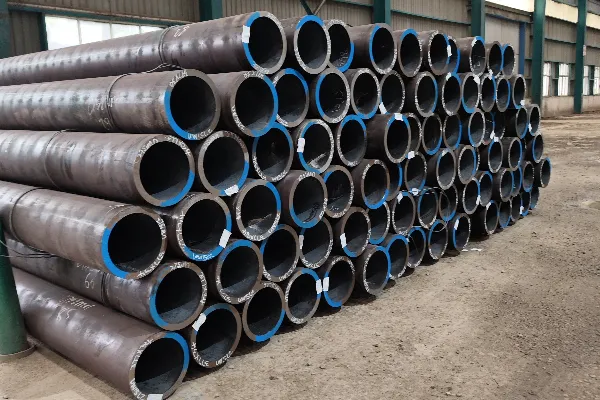
The main differences between rebar and round steel are as follows:
1. Appearance. Round steel has a smooth outer surface; rebar has spiral ribs.
2. Production standards. In current standards, round steel refers to HPB235 grade steel, whose production standard is "Hot-rolled Plain Steel Bar for Reinforced Concrete" (GB13013); rebar generally refers to HRB335 and HRB400 grade steel, whose production standard is "Hot-rolled Ribbed Steel Bar for Reinforced Concrete" (GB1499).
3. Strength. The design strength of round steel (HPB235) is 210 MPa; rebar has higher strength than round steel, with a design strength of 300 MPa for HRB335 and 360 MPa for HRB400.
4. Different steel grades (different chemical compositions). Round steel (HPB235) is a carbon steel, grade Q235; rebar is a low-alloy steel. HRB335 grade rebar is 20MnSi (20 manganese silicon); HRB400 grade rebar is 20MnSiV, 20MnSiNb, or 20MnTi, etc.
5. Different physical and mechanical properties. Due to differences in the chemical composition and strength of the steel bars, their physical and mechanical properties vary. Round steel has better cold bending properties and can be made into 180-degree hooks, while rebar can only be made into 90-degree straight hooks. Round steel is more weldable and can be welded with ordinary carbon welding rods, while rebar requires low-alloy welding rods.






 English
English Español
Español بالعربية
بالعربية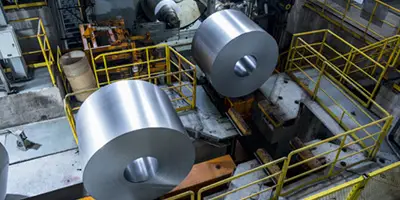

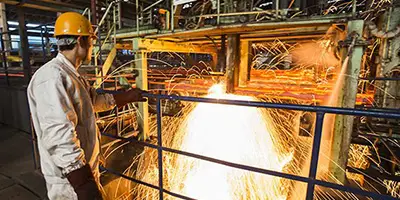
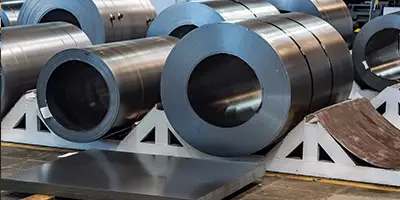

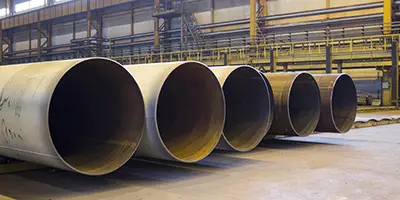
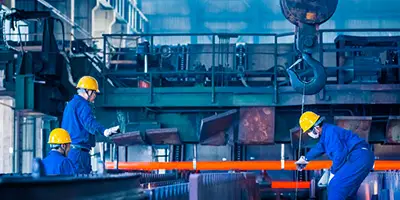
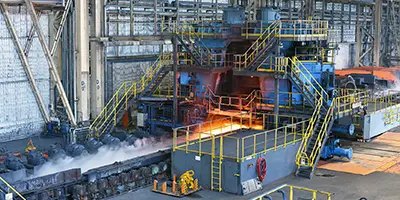
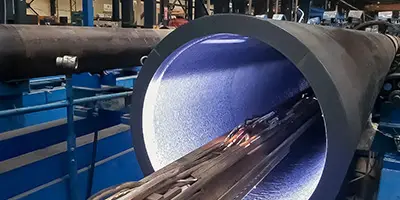
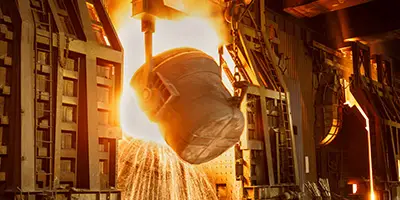


 Phone :
Phone :  Whatsapp :
Whatsapp :  Email :
Email : 


